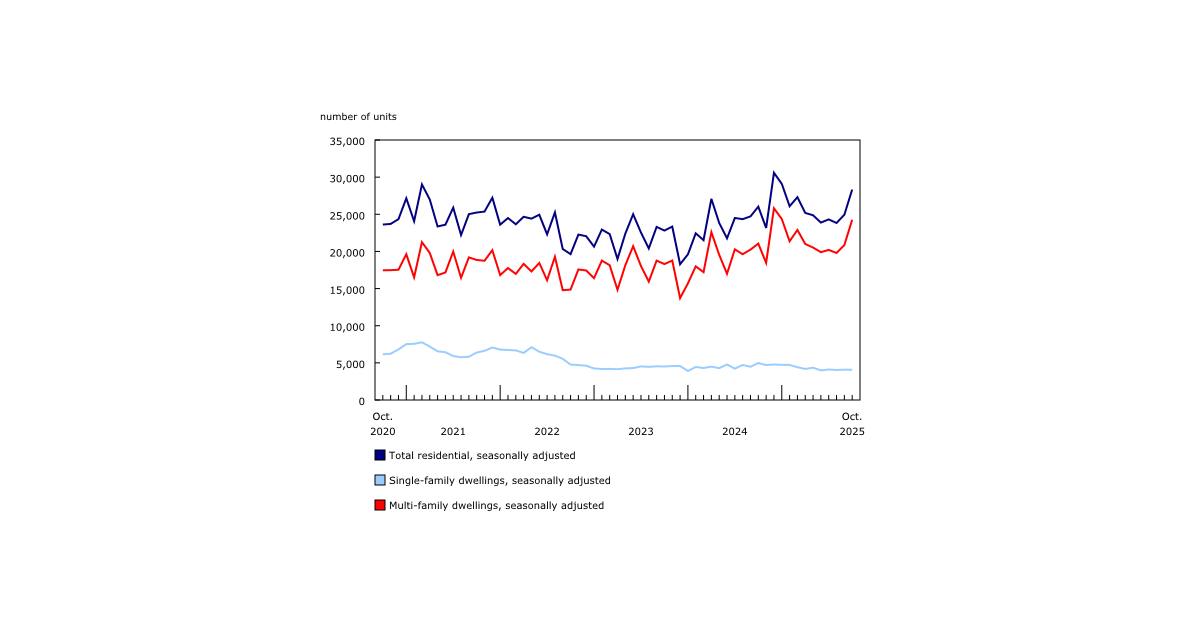Detecting Elevated Body Temperatures Is Often Our First Line of Defense

June 30, 2020
Detecting a person’s body temperature to ensure it’s not elevated, is often the first line of defense against virus infection propagation. There are several instruments and methods that facilitate this; however, they lead to varying risks of exposure for the person initiating the measurement. Seeing as we offer several solutions that greatly limit the level of exposure and that quickly and accurately allow you to determine if an individual has an elevated body temperature, we’ve put together this informational package that walks you through your options and the correct use of these instruments and how to value the results they provide you with.
The purpose of this screening is to differentiate people who are well from those who have a fever, not to measure absolute body temperatures. The absolute error measured on both the threshold values and the subjects who are screened will be the same, as long as the camera temperature is stable.
The use of these instruments for this application is paramount, as such, our team of experts are trained and ready to answer your questions and provide you with all of the support you require.
Infrared temperature devices (IR thermometers) and thermal imagers are used more and more as a first line of defense against virus infection propagation. Even though infrared sensors cannot detect the virus and it can’t measure internal temperature like a medical thermometer would, it can quickly and from a safe distance, distinguish potentially ill people. Most people with fever will normally have a higher body temperature; this relationship has been proven multiple times, to the point that now there are even some infrared devices that are FDA-certified to screen people in high traffic public areas.
The reason infrared devices work for this application is based on the fact that skin is a high emitter of infrared radiation, making it an ideal surface to measure. But like all technologies there are things we need to understand before using such a device. Most of those issues are simply due to our lack of understanding. Don’t worry, we’ll explain this all to you properly and it’s going to make complete sense.
1. Internal temperature is normally warmer than surface body or skin temperature. Which makes sense when we think about it… our skin is used as an insulator, meaning the surface body temperature or skin temperature is in fact the result of the heat coming from within as it goes through layer of skin, grease, muscle, etc.
2. Surface temperature (body temperature) can be affected by the environment. Heat from the sun, wind, rain, etc.
Given this, you must be wondering, how can we make it work? Let’s dig in…
We now understand that the reading from those devices will be lower than from an internal temperature, so when we are scanning for body temperature, we cannot set our threshold to the internal body temperature. However, we can instead monitor the body temperature of multiple subjects and therefore come up with a base line. From that base line we can add a degree or two and look for people with a temperature above that base line. Plus “X” degree (up to the user to determine), the greater the delta (difference between the values) the more chance we will miss people with a light fever, and the lower the delta the more people we will put aside for further testing.

Since our body acts as an insulator, and the composition will be different from one area to the other, the surface temperature of our body won’t be uniform. We will have an area giving us a lower body temperature and another area giving us a higher body temperature. Establishing that another factor for us to consider is the surface area our detectors cover. For example, a single point thermometer will use a fairly large surface and will establish an average of this area. In the image below, we can see that that the temperature in the tear duct and the mouth are much higher than the temperature of the nose and cheek.
This doesn’t prevent us from using single point sensor, however, we need to understand the importance of always pointing to the same area and from a very close distance. Ensuring we get the surface area as small as possible to avoid the cold spots from affecting our reading too much, and thereby reducing the average temperature the device will give us.
Using the right tools to get the best results: IR thermometers vs. thermal imaging cameras
Both IR thermometers and thermal imaging cameras are valued solutions for this application, each coming with their own set of advantages and disadvantages. The main advantages of an IR thermometer are lower cost, better portability, ease of use, and quick response time. Their disadvantages vary depending on the specific model, as not all IR thermometers are created equal. An IR thermometer which has alarm settings as well as adjustable emissivity settings is ideal. Two additional factors to consider are the need for an operator to manually measure each person, which increases the time to screen a large group, as well as the operator needing to be closer to the measurement subject (5 to 15 cm). In comparison, a thermal imager can be operated remotely.
While thermal imaging cameras measure the tear duct, IR thermometers should be pointed at a person’s forehead. While pointing the laser at a person’s forehead is safe, the laser beam should never be pointed towards or close to a person’s eye as it can lead to serious issues, including blindness. Therefore, it’s extremely important to use caution when operating an IR thermometer.
If your IR thermometer features adjustable emissivity, you’ll want to set this to 0.98, which is equal to the emissivity of human skin. From there take 3-5 sample measurements of people you are certain do not have a fever, and create an average value to compare against. If you have alarm settings, set a high alarm proportional to your previously obtained average. Even without features such as adjustable emissivity and alarms, if you have properly obtained an average reading, you should be able to screen for any abnormalities.
This article was first published online by ITM Instruments Inc.

















